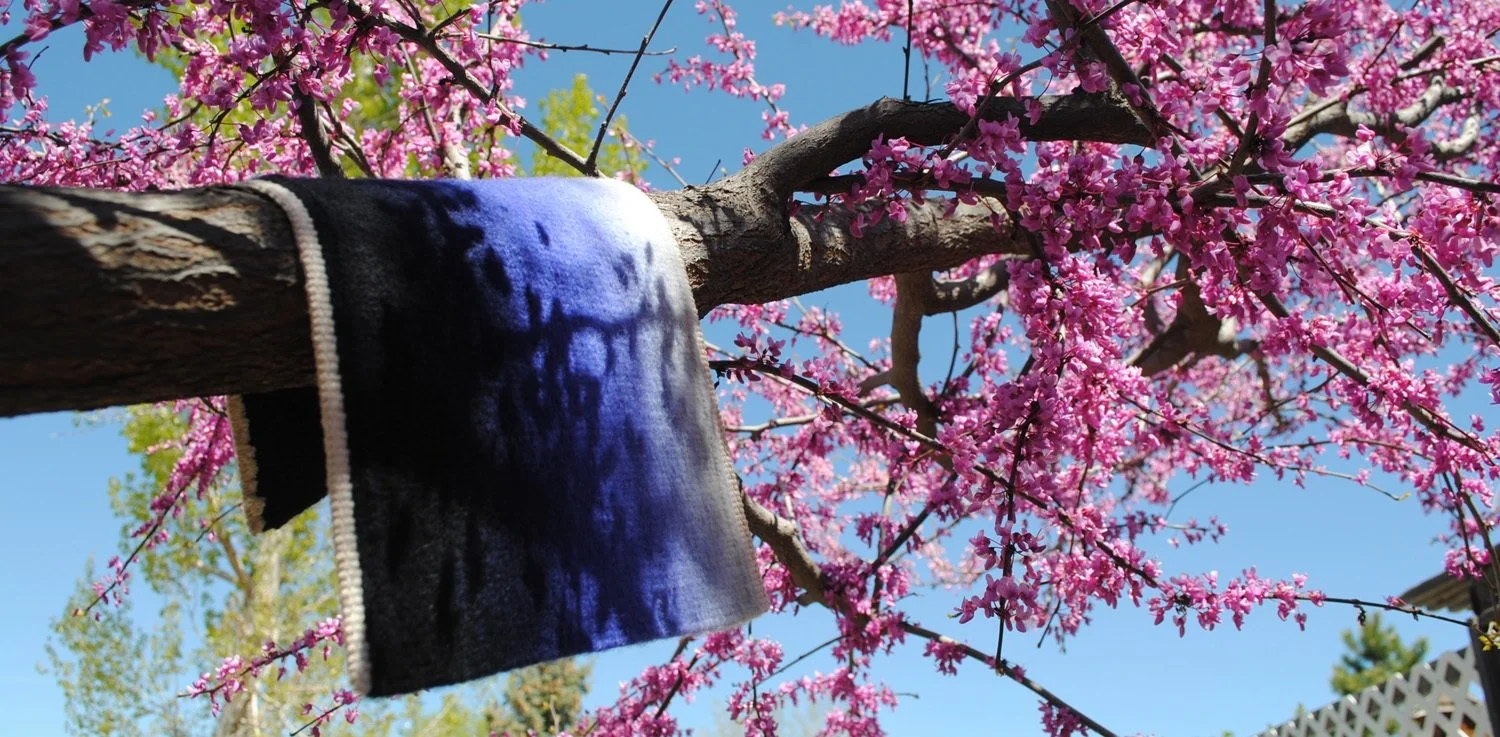I’ve been doing a little weaving. There are seasons where I don’t have enough time to play with yarn and the last few months have felt like that. So I spent four solid days last weekend weaving and I finished a piece. A fairly large piece actually. It is a wonderful thing to completely give yourself over to making something for several days in a row. I had enough of a plan to get me going and I had previously dyed the yarn. Sitting at the loom, despite the ache in my rear after the first day, was marvelous. I made some decisions and added some elements as I saw the thing unfold and in the end I was quite pleased with it. I can’t show it to you right now, but I’ll give you the details after I learn the fate of the show submission.
Weaving for days in a row reminded me of how brittle I start to feel when I don’t weave. My fiber crafting with knitting and spinning here and there helps, but there is no substitute for making art. So until the next large piece is started, more tapestry diary work it is.







